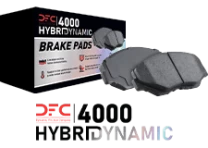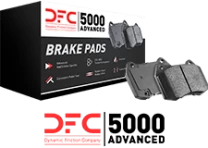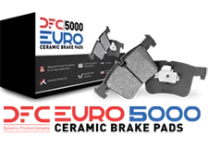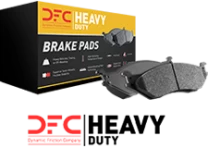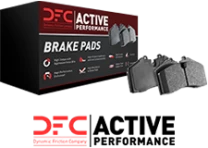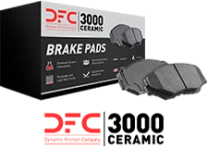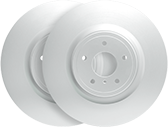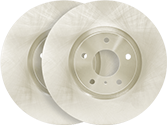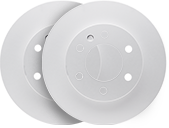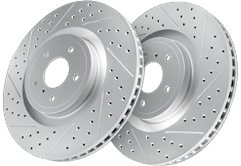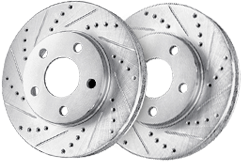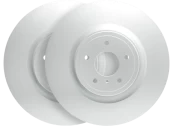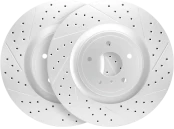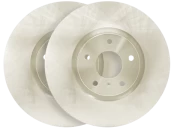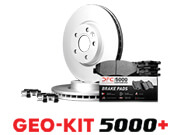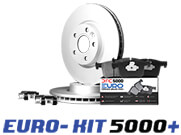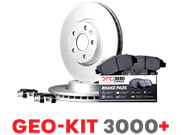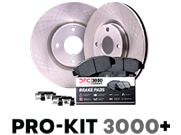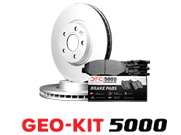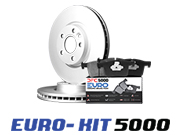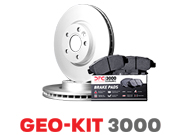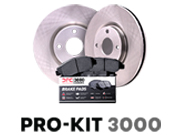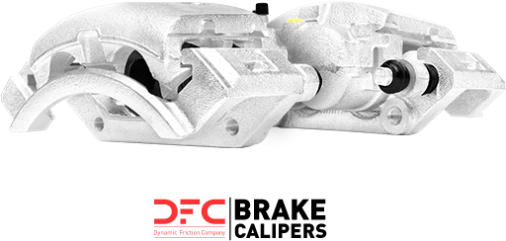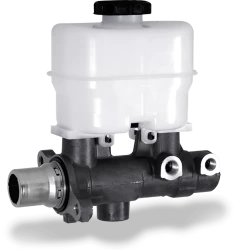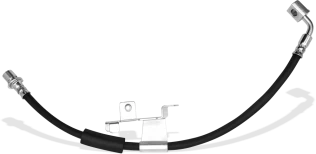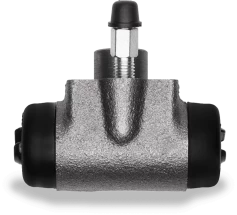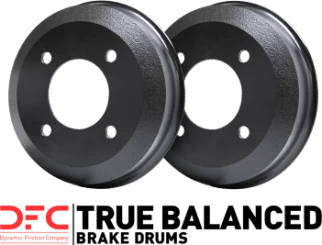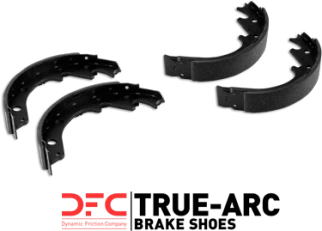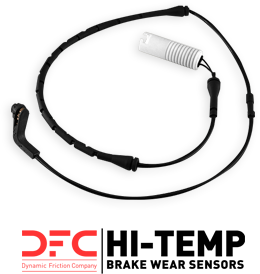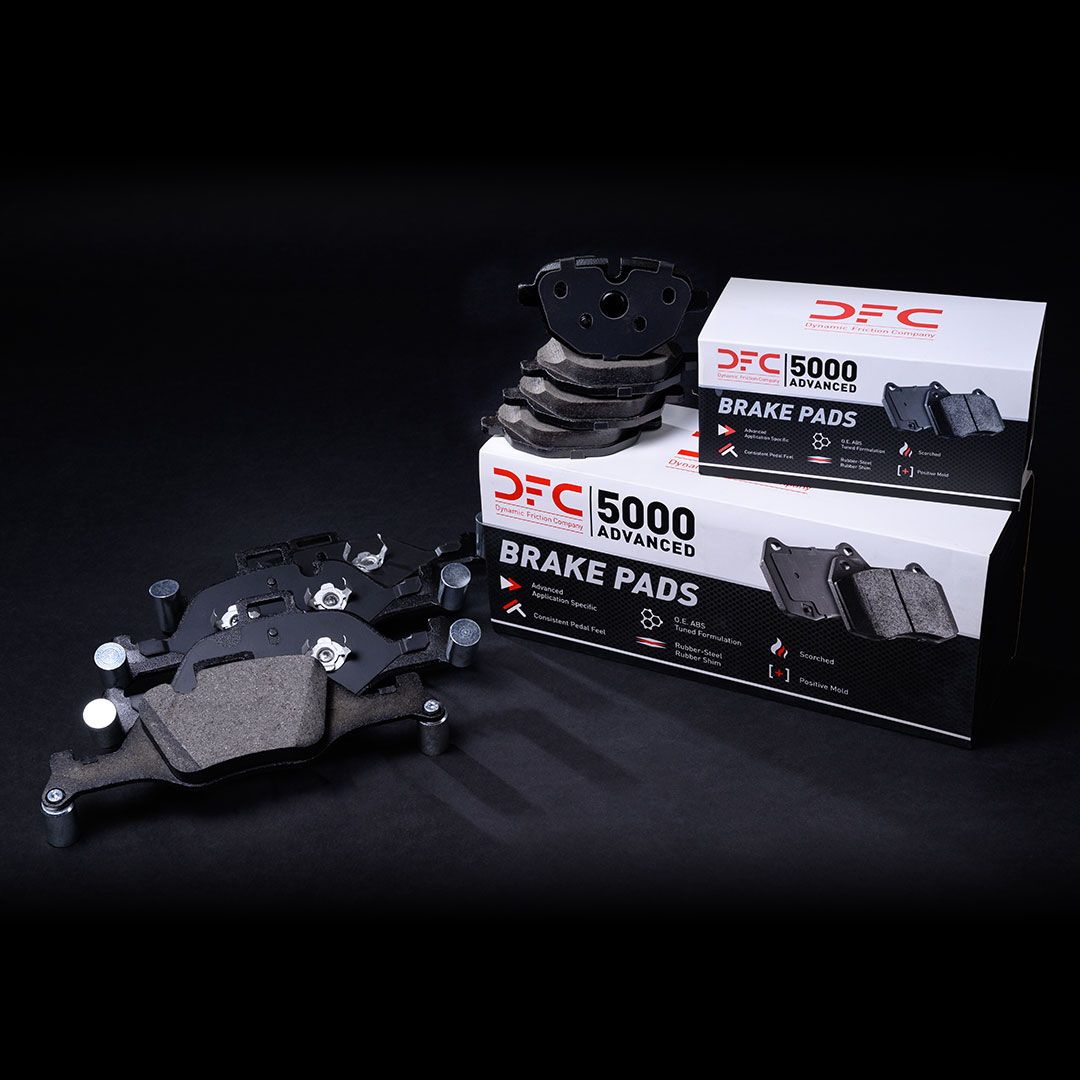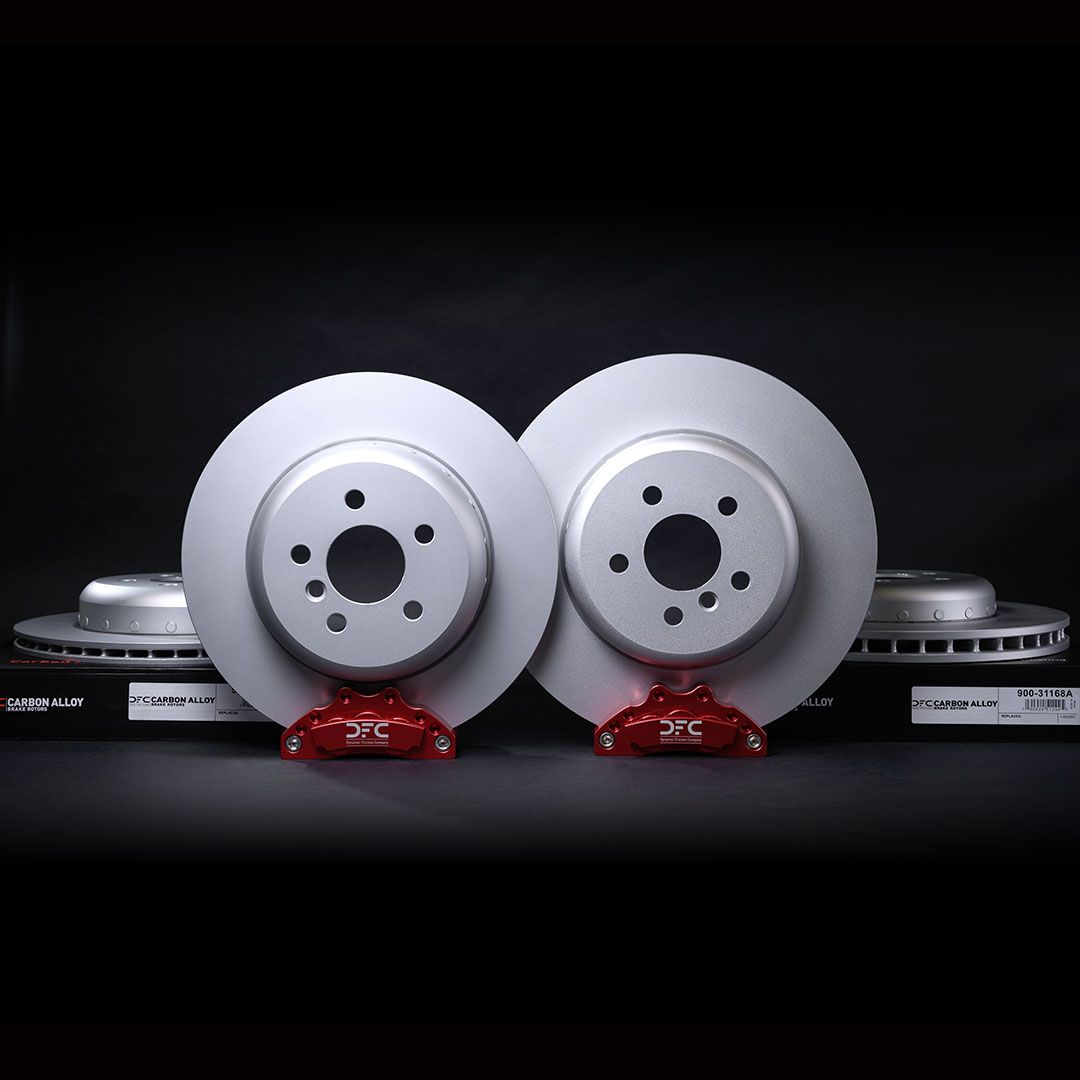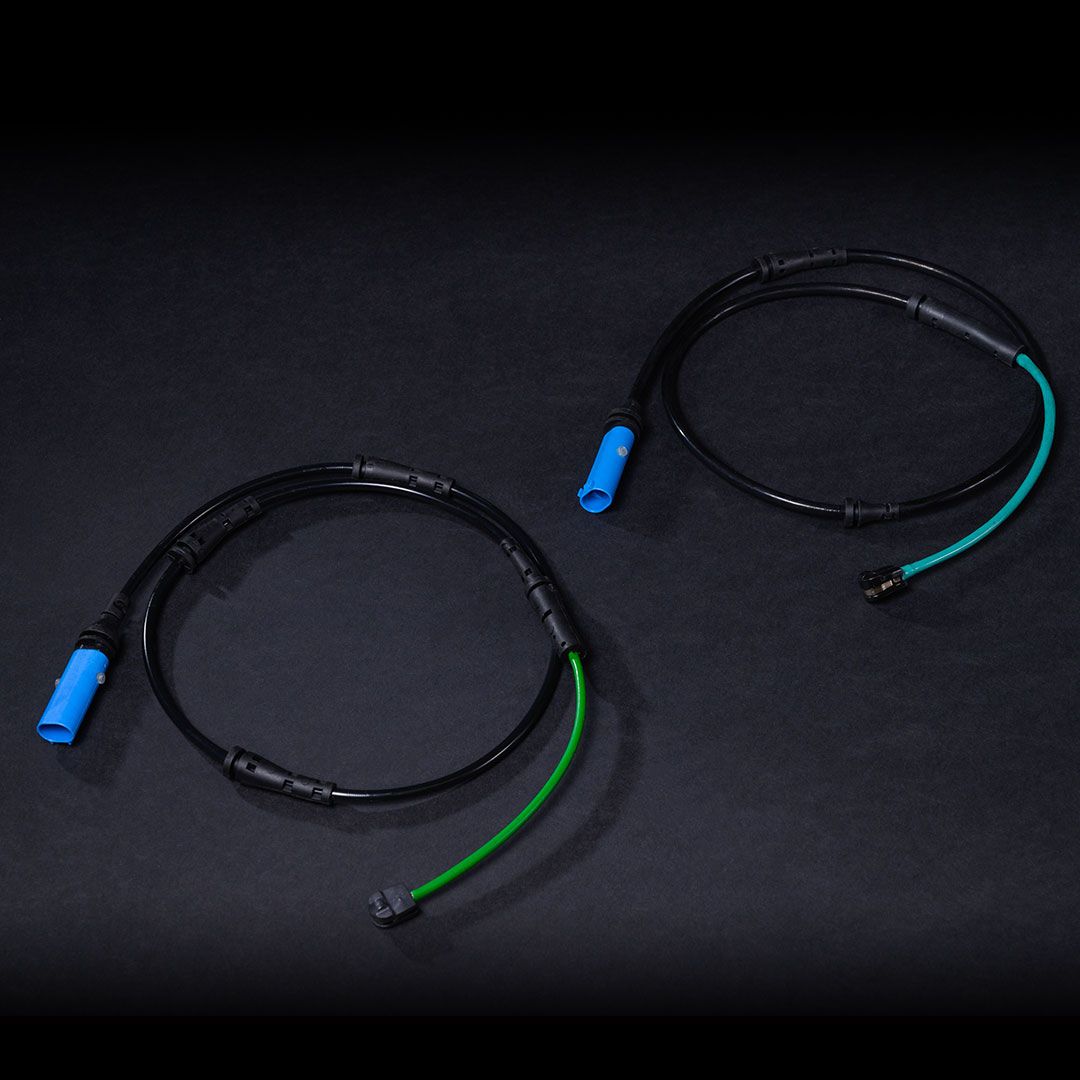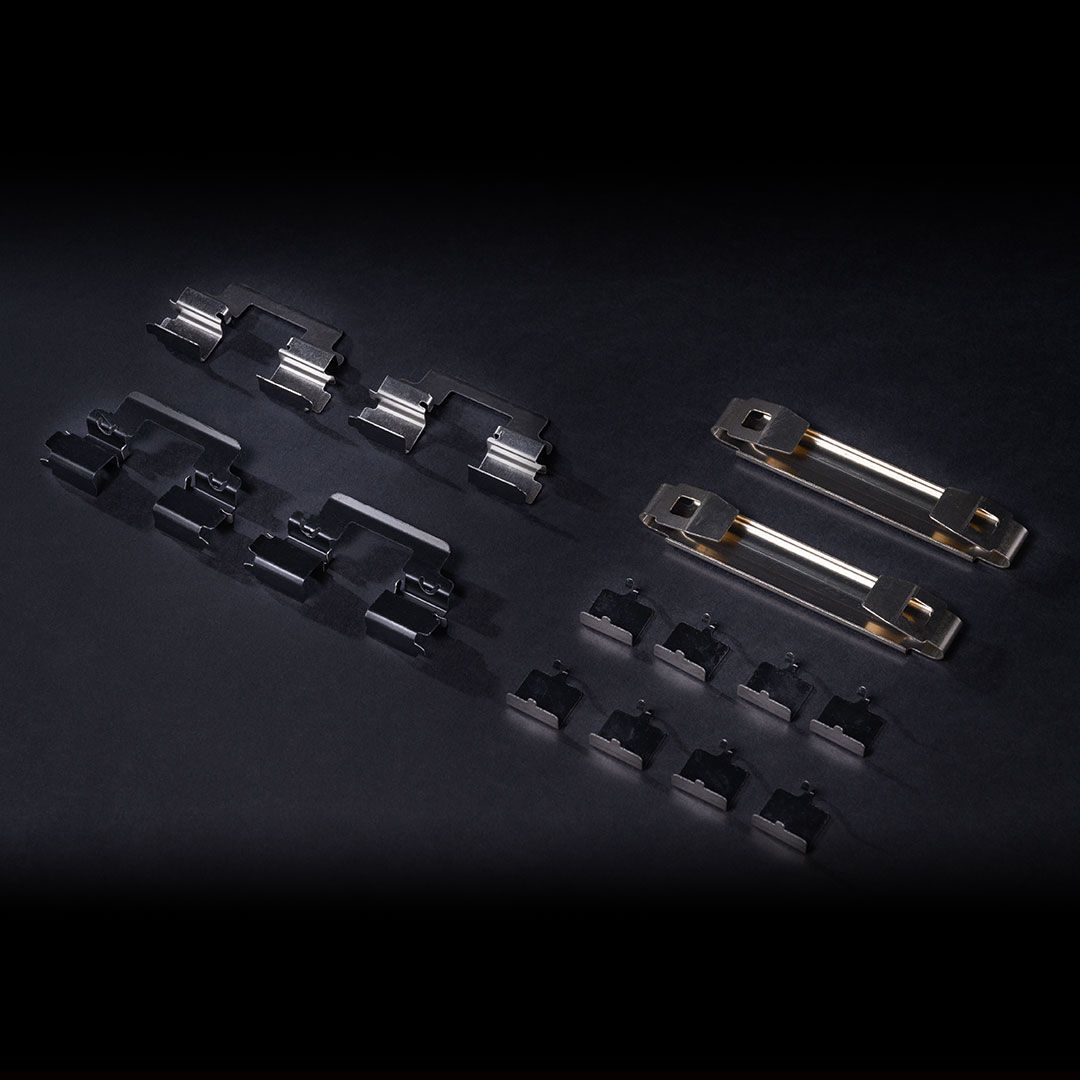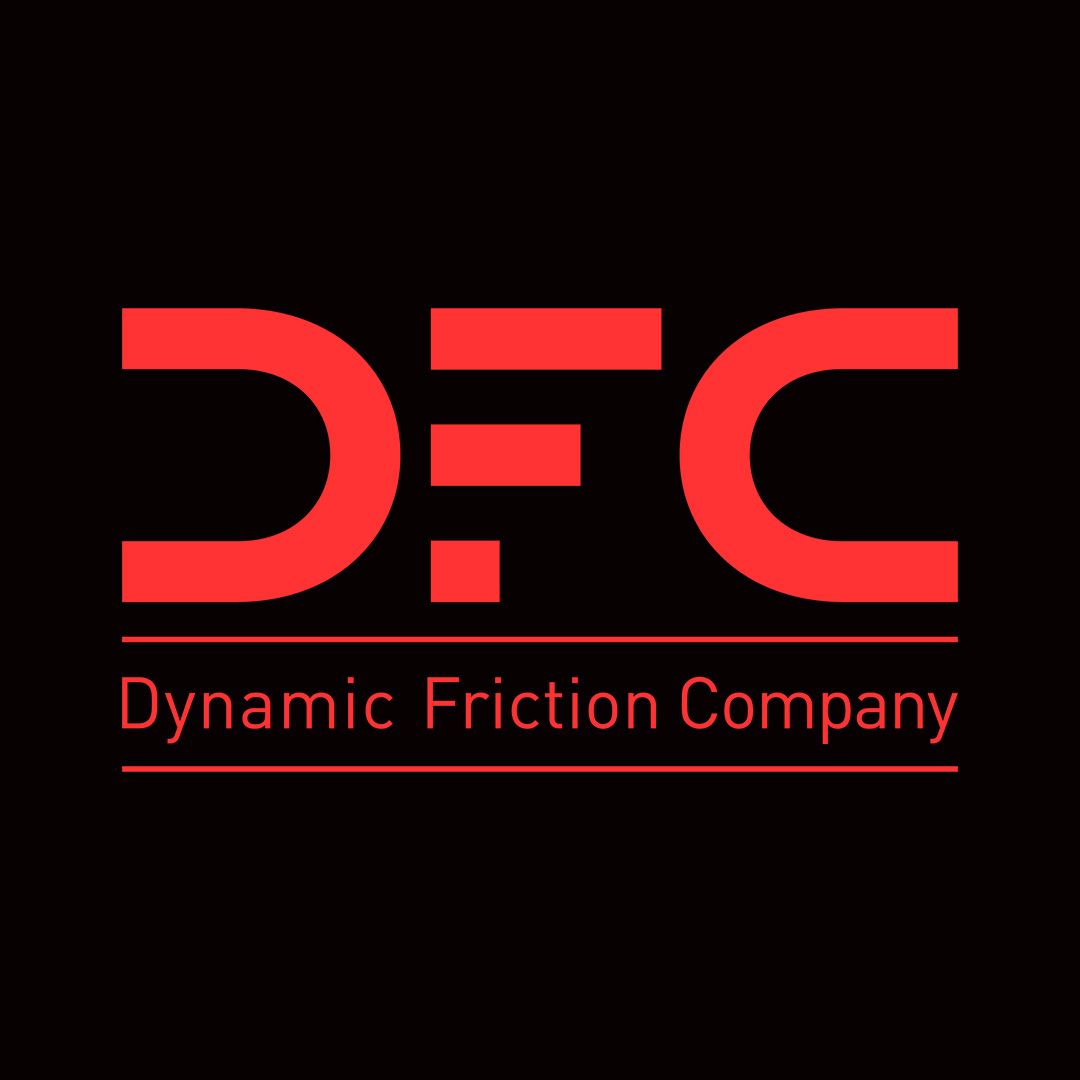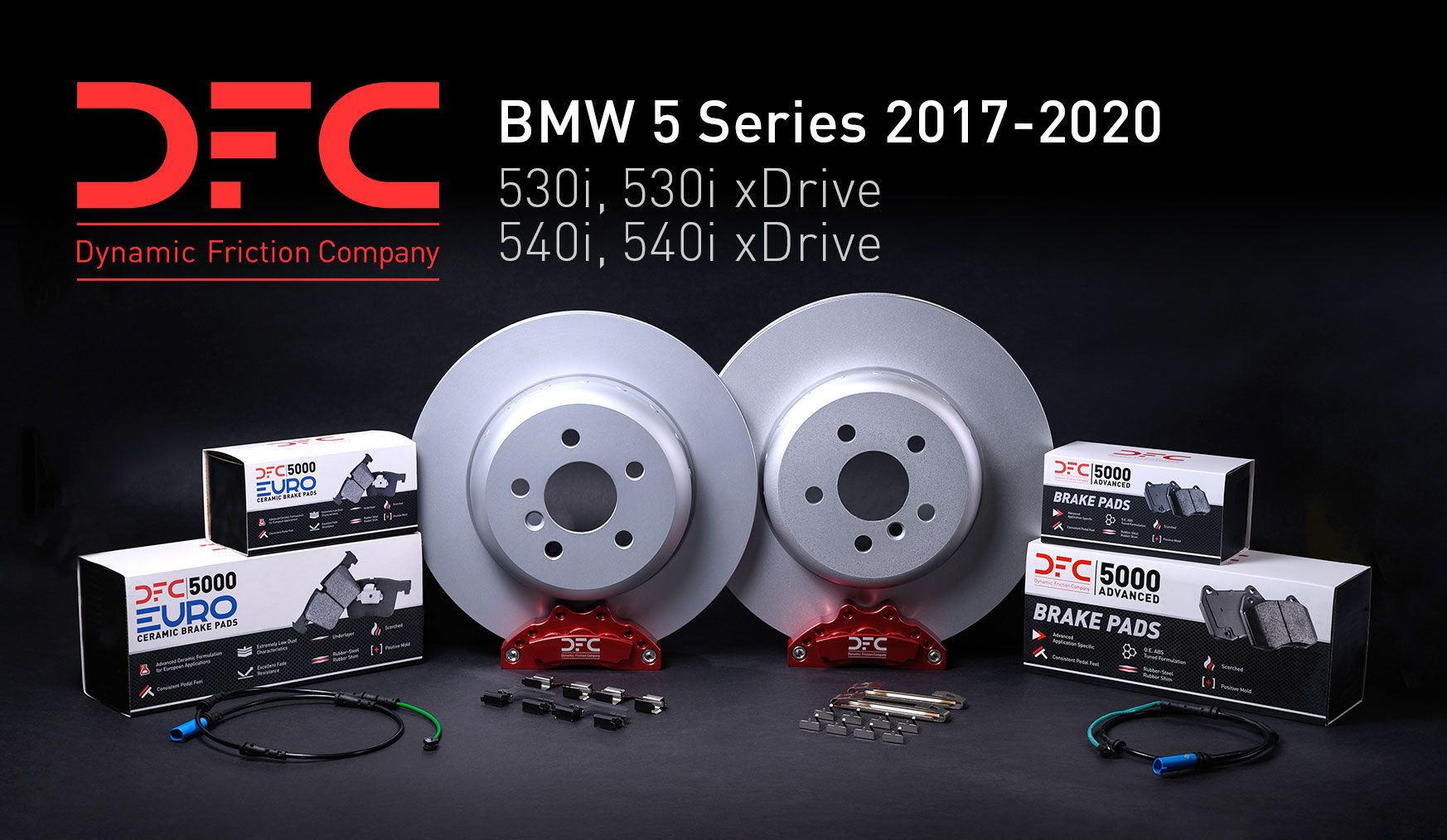
Southern California brake parts supplier, Dynamic Friction Company (DFC) announces that it is the first brake supplier to release front and rear disc brake rotors, pads, hardware kits, and sensors for the all new 2017 – 2020 BMW 5 Series.
2017-2020 530i, 530i xDrive
2017-2020 540i, 540i xDrive
DFC 5000 ADVANCED Brake Pads (1551-2060-00 / 1551-1473-00)
Selected friction materials designed to meet the demands of modern vehicles with ABS and Automated Braking Systems.
DFC 5000 EURO Ceramic Brake Pads (1600-2060-00 / 1600-1473-00)
Designed just for European applications, DFC 5000 EURO Ceramic Brake Pads are formulated to provide optimal and reliable stopping performance, excellent fade resistance, low dust, and stable friction performance across a wide temperature range.
DFC HI-CARBON ALLOY Brake Rotors (900-31169DA/900-31170DA / 900-31168A)
Manufactured for european vehicles, our High Carbon iron formulations (Molybdenum, Chromium, and Carbon) enhances noise dampening characteristics, while providing high strength, and increased thermal conductivity compared to standard discs, which increases durability.
DFC HI-TEMP Brake Sensors (341-31078 / 341-31079)
DFC Hi-Temp Brake Wear Sensors are manufactured and quality tested to a fine tolerance that meets or exceeds OE standards for performance, and durability.
DFC Hardware Kits (340-31030 / 340-31046)
We’ve combined the features of PTFE Coating, Vulcanized rubber, and stainless steel all in one hardware kit.

 UNITED STATES
UNITED STATES
